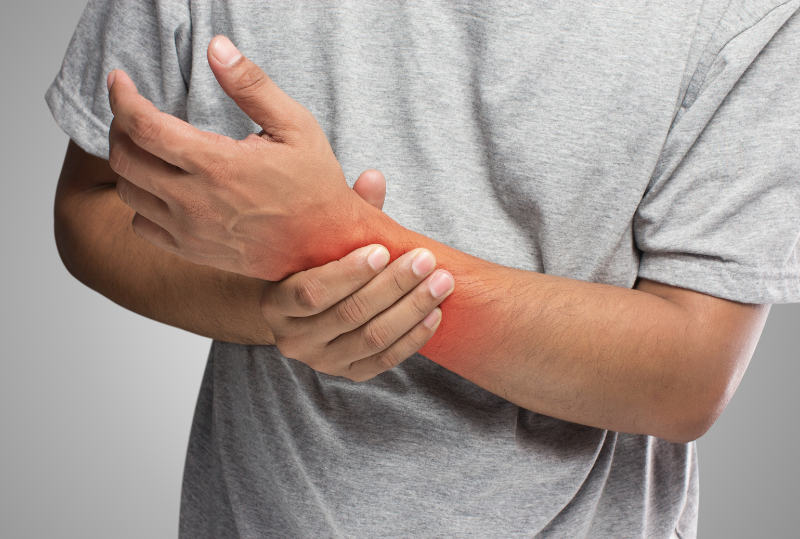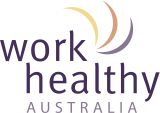
5 strategies for preventing sprains

The most common musculoskeletal injuries that occur across all industries are due to manual handling. Each year, sprains and strains, commonly caused by poor manual handling techniques, account for approximately 29% of work injuries.
Common causes of sprain and strain injuries:
- Repetitive tasks, particularly those that are strenuous
- Sustained awkward postures
- Handling unstable or unbalanced loads
- Handling live animals (unexpected movements)
- Slips, trips and falls
While some of these risks cannot be completely eliminated, there are changes you can make to mitigate them and greatly improve the safety in your workplace.
1. Manual handling training
Ensuring your workers are trained in correct manual handling techniques can reduce their risks of sprain and strain injuries.
2. Conditioning your workers
Workers may be at risk of de-conditioning, particularly when they have extended periods of leave. Workers in heavy manual handling jobs and repetitive manual handling jobs have an increased risk of injury. Work hardening programs can be implemented for strenuous tasks.
Workers in heavy manual handling jobs and repetitive manual handling jobs have an increased risk of injury.
3. Task analysis
Identify high-risk areas in the workplace and find ways to reduce the physical demand on workers. Look for tasks that require awkward postures, repetitive movements or forceful exertions and make changes where possible.
This may involve mechanical load-shifting devices, two-person lifts, creating ergonomic workflows, or providing manual handling advice for your workers on how to reduce the strain on their bodies.
4. Task rotation
Use task rotation and work variation to reduce a worker’s exposure to repetitive or strenuous tasks.
5. Early intervention injury management
Sprains and strains are often a result of numerous micro-traumas to the body. Early and appropriate treatment can prevent minor injuries from becoming lost-time injuries, or WorkCover claims.
Most sprain and strain injuries are preventable. You can help reduce the risk in your workplace. For more advice and information, contact us.
Sign up to our monthly enewsletter
"*" indicates required fields
